How to Make Marine Life-saving Equipment More Accessible and Affordable
Table of Contents
Marine life-saving equipment is critical in safeguarding lives at sea, providing essential support in emergencies for professional mariners. From life vests and rafts to advanced signaling devices, the effectiveness of this equipment hinges on its accessibility and affordability. Despite technological advances that have improved safety, the availability and affordability of life-saving devices continue to be challenges, particularly for smaller maritime communities and industries with limited resources. This article delves into the importance of accessible, affordable marine life-saving equipment and the solutions to make such equipment more widely available.
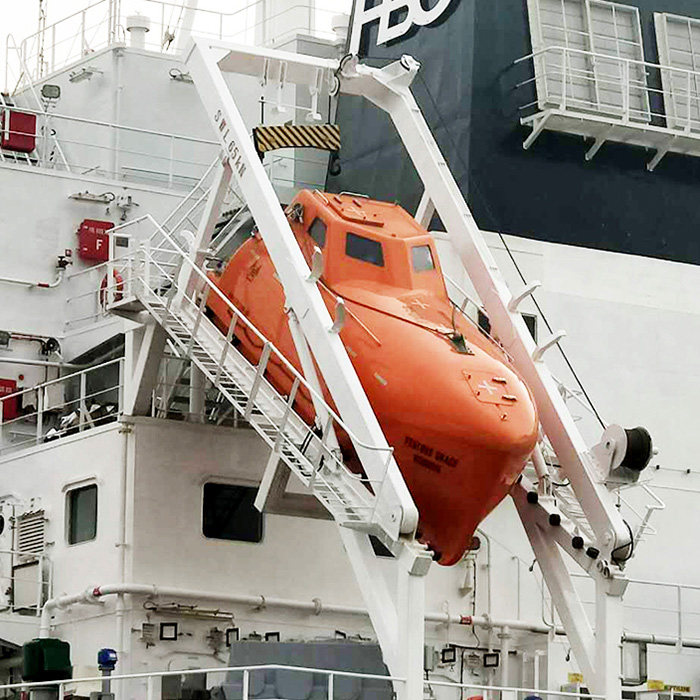
Why Accessibility and Affordability Matter for Marine Life-saving Equipment
1. Immediate Access in Emergencies
During emergencies, having easy access to life-saving equipment can make the difference between survival and loss. Whether it’s a life jacket, an emergency beacon, or a lifeboat, the accessibility of these tools greatly affects survival outcomes in situations where every second counts. Making such equipment readily available on all vessels, regardless of their size or purpose, is essential for safeguarding lives.
2. Cost Barriers for Smaller Operators
High costs associated with marine life-saving equipment can limit accessibility, particularly for smaller operators, fishing communities, and recreational boat owners. Safety equipment that meets international standards often involves premium pricing, which can be prohibitive. As a result, some boaters and operators may be inclined to skip or delay these purchases, putting their crews and passengers at greater risk.
3. Universal Safety Standards
Ensuring that all seafarers, regardless of their financial resources, can access high-quality life-saving equipment is essential for achieving universal safety standards. While international regulations mandate life-saving devices on most commercial vessels, enforcement and quality control are often inconsistent, especially in regions where resources are scarce.
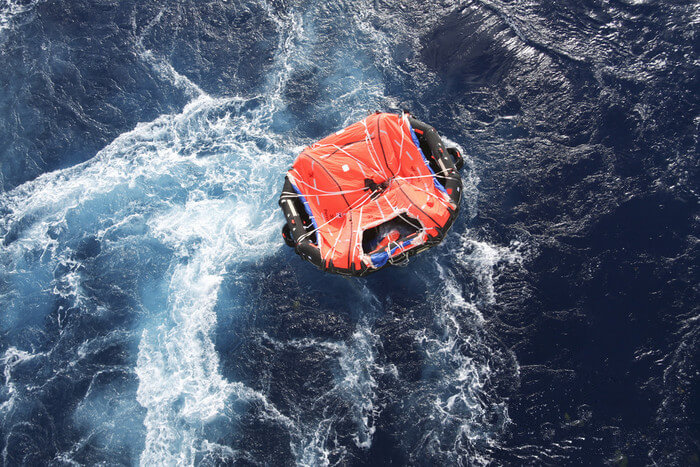
Challenges in Accessibility and Affordability of Key Marine Life-Saving Equipment
| Key Marine Life-Saving Equipment | Challenges in Accessibility and Affordability |
| Life Jackets and Personal Flotation Devices (PFDs) | High-quality life jackets with proper buoyancy and visibility can be costly, and low-cost alternatives may compromise safety standards, limiting affordable options for smaller operators. |
| Life Rafts and Inflatable Boats | Durable life rafts with adequate survival provisions are often expensive, which can make them inaccessible for small vessels and recreational boat owners who need reliable options. |
| Emergency Position-Indicating Radio Beacons (EPIRBs) | EPIRBs with global satellite coverage and waterproof durability are priced high due to advanced technology, making it difficult for smaller operators to afford reliable models. |
| Personal Locator Beacons (PLBs) | Though essential for signaling during emergencies, quality PLBs can be costly, particularly for fishing communities and individual boaters with limited budgets. |
| Fire Extinguishers | Marine-rated fire extinguishers, designed for harsh environments, are priced higher than standard extinguishers, limiting access for smaller vessels in need of reliable fire safety equipment. |
| Flares and Visual Signaling Devices | While relatively affordable, flares and other visual marine signal products require regular replacement due to expiration, which adds ongoing costs that can be burdensome for operators with tight budgets. |
| First Aid Kits and Medical Supplies | Comprehensive marine first aid kits are essential but can be costly, particularly those that meet maritime safety standards, impacting affordability for smaller or independent operators. |
| Thermal Protective Aids and Survival Suits | These thermal life-saving devices suits are necessary for cold-water survival but are often expensive, especially for smaller commercial operators and recreational boaters who operate in colder regions. |
| Marine Radios and Communication Devices | High-quality, waterproof marine radios essential for communication in emergencies can be expensive, limiting accessibility for smaller operators or those in remote areas with limited resources. |
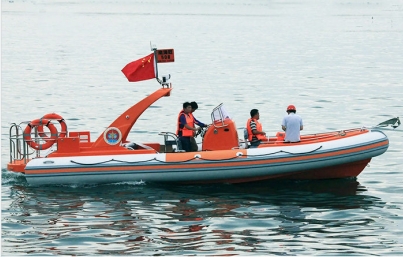
Innovations and Solutions to Improve Accessibility and Affordability of Marine Life-Saving Equipment
1. Government Subsidies and Grants
Many maritime organizations and government agencies are offering grants and subsidies to make life-saving equipment affordable. By covering some of the costs, these programs enable smaller operators to afford quality equipment, enhancing safety across different maritime sectors.
2. Group Purchasing Programs
Some regions have implemented cooperative purchasing programs that allow multiple operators to buy life-saving equipment in bulk. By pooling resources, smaller boat owners can access discounts typically reserved for larger buyers, making essential safety gear more affordable.
3. Innovative, Cost-Effective Design
Manufacturers are increasingly exploring ways to design life-saving equipment that meets safety standards at lower costs. Innovations in materials and production techniques for life-saving equipment allow for the development of durable, reliable devices at more accessible price points. For example, advances in lightweight, durable synthetic materials have helped reduce costs in life jacket and raft manufacturing.
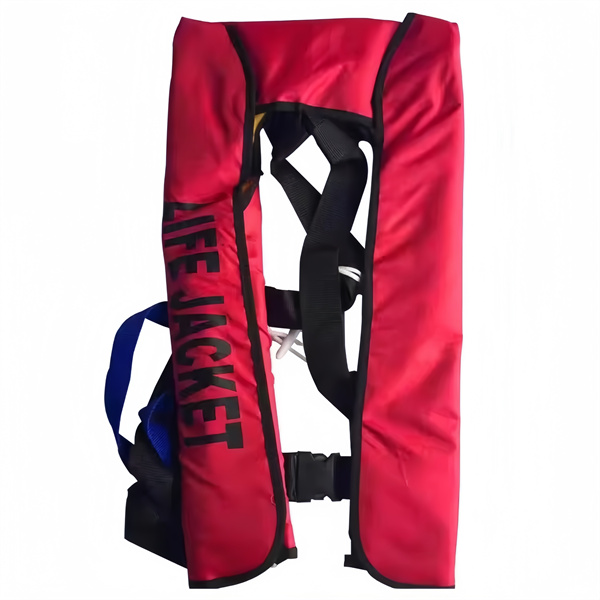
4. Second-Hand Equipment and Certified Refurbishments
Purchasing certified refurbished life-saving equipment can be a viable option for those facing cost constraints. By certifying that used equipment still meets safety standards, maritime safety organizations can make quality devices accessible without the premium of new equipment.
5. Community Education and Training Programs
Providing training on maintaining and using life-saving equipment can help communities make the most of the equipment they have. Educating smaller operators about the importance of proper storage, regular inspections, and basic repairs can prolong equipment life and enhance safety, reducing the need for frequent replacements.
6. Multi-Functional Equipment
Recent designs include life-saving tools with multi-functional capabilities, such as life jackets integrated with signaling devices, GPS, or even EPIRBs (Emergency Position-Indicating Radio Beacons). By combining functionalities, manufacturers are helping operators reduce the need to buy separate devices, making essential gear more affordable and practical.
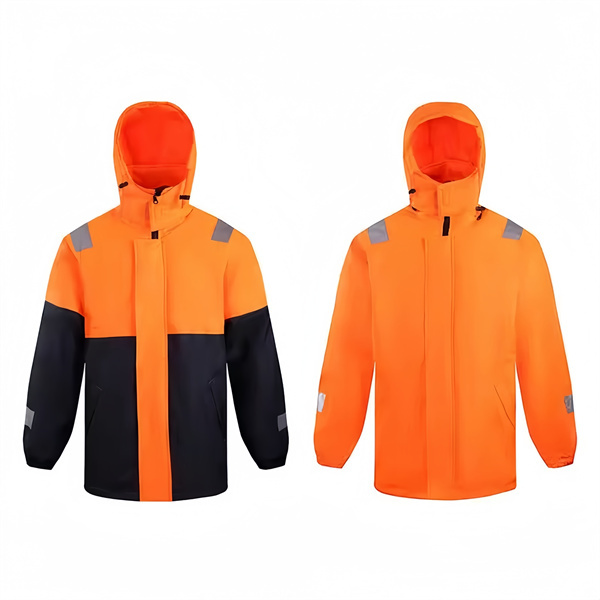
7. Solar-Powered and Self-Sustaining Technology
Solar-powered devices, such as EPIRBs and signaling lights, reduce the need for frequent battery replacements and can be particularly useful for those in remote areas with limited access to supplies. These self-sustaining solutions are not only eco-friendly but also reduce long-term costs and increase reliability.
To sum up, improving accessibility and affordability in marine life-saving equipment will require ongoing efforts from manufacturers, maritime organizations and governments. Policies that enforce universal safety standards must also consider the financial realities of small operators and low-income communities that depend on maritime work. Creating more pathways to accessible life-saving equipment, such as subsidies, low-Cost & high-quality design innovations, certified refurbished equipment, community-based education, etc, will help ensure all maritime workers have the protection they need.


